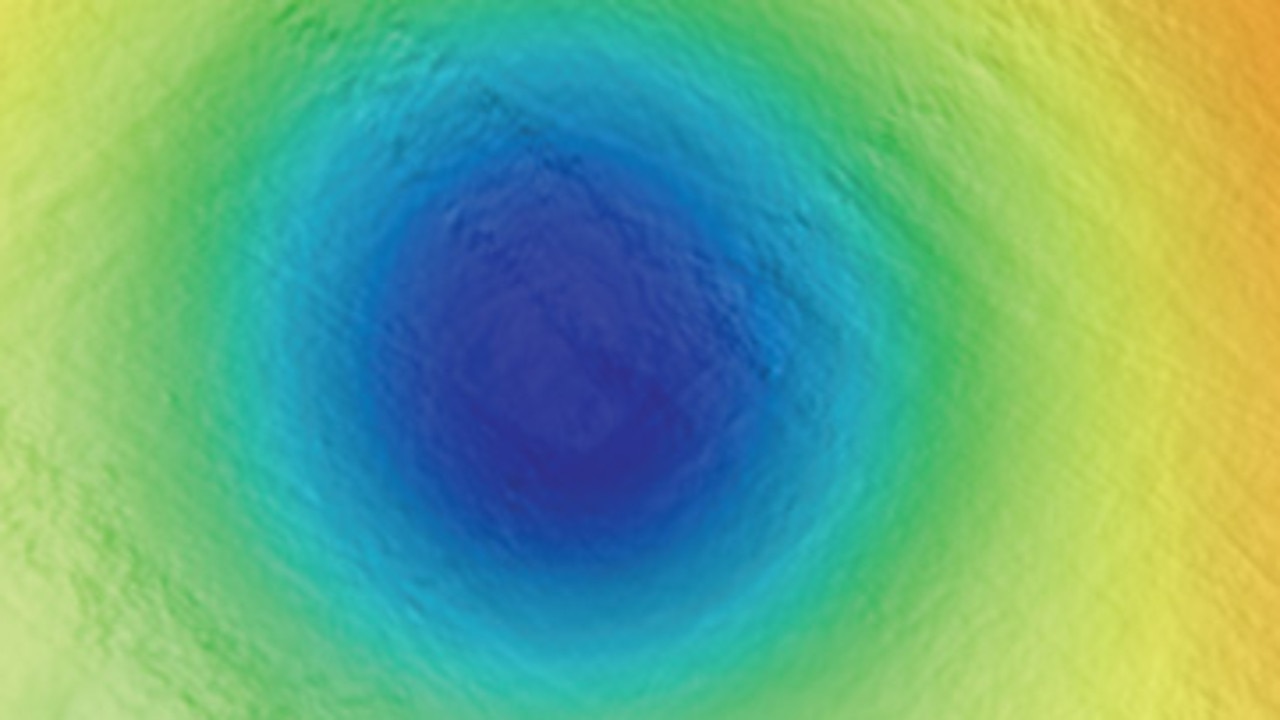Deep-Sea Surveys Reveal Thousands of Mystery Holes on the Seafloor

Thousands of mysterious holes have been discovered on the ocean floor not far from the Californian coast.
Thousands of secret holes have been found on the seafloor after deep-sea surveys.
The Earth’s oceans are anything, however, explored. According to reports, humans have managed to explore regarding 5% of the ocean floor. The remaining 95% of the sea remains a mystery.
That is why finding out that there are thousands of weird holes beneath the surface does not come as a huge surprise.
A few miles off the coast of Huge Sur, The golden state, an underwater survey has discovered thousands of circular holes scattered in the seabed’s soft sediment. Scientists still do not know what they are nor what might have caused them.
So, what are the mysterious holes that decorate the seafloor? Are they natural or artificial in nature?
As described by experts from the Monterey Bay Aquarium Research Institute (MBARI), experts found the presence of two distinct sizes.
The bigger holes are known as pockmarks and average around 175 meters (almost 600 feet) across and 5 meters (16 feet) deep. These holes appear to be nearly circular and also are found to be fairly evenly spaced.
Some of these mysterious cavities were found by experts in 1999 throughout a seafloor survey utilizing ship-mounted sonar.

Since then, added surveys of the seabed have revealed the existence of more than 5,200 pockmarks spread out over 1,300 square kilometres (500 square miles), which makes this area the biggest known cavity field anywhere in North America.
A current survey of the seabed with the aid of sonar mounted on autonomous underwater vehicles showed thousands of smaller pits, which experts have dubbed micro-depressions. These average around 11 meters (36 feet) across and are around 1 metre deep.
Although seafloor pockmarks have been found in other parts of the world, the ones discovered off California’s coast are unique.
The pockmarks located elsewhere are associated with the release of methane gas or other materials from the seafloor.
However, the survey of the location by MBARI specialists has actually exposed no proof of methane or other similar gasses on the seafloor.
Furthermore, the seafloor sediments’ sonar information indicates that the cavities near The golden state have remained inactive for around 50,000 yrs.
The smaller micro-depressions, however, are thought to get formed in relatively young sediment. Moreover, most of the micro-depressions that experts have examined are home to kelp holdfasts, bones, trash, or fishing gear. Nevertheless, although the depressions were home to countless artifacts, the sediment around the holes was empty.
Deep-Sea Survey
The survey has also showed that most of the micro-depressions feature “tails” of sediment that most likely came from within the depression. Strangely, many of these tails are directed in the same directions, including fuel to the secret.
Researchers theorize that the micro-depressions are young features that were excavated by seafloor currents not long ago.
“The pockmarks and also micro-depressions in this area are both holes in the seafloor that occur in softer sediments; however, they are morphologically distinct. The cause and also persistence of the pockmarks remain a mystery, but we find no evidence they were created from gas or fluid on the seafloor in the current past,” Eve Lundsten, a researcher with MBARI, showed in a statement.
“The micro-depressions are recently developed erosional features; they are not ‘incipient pockmarks.’ Overall, a lot more work requires to be done to understand how all these features were created, and this work is in progress,” Lundsten added.
The location is being considered the position for an offshore wind farm, the reason why experts surveyed the site recently. The exact beginning of the mystery holes on the seafloor remains a mystery.
Read the original article on curiosmos.










